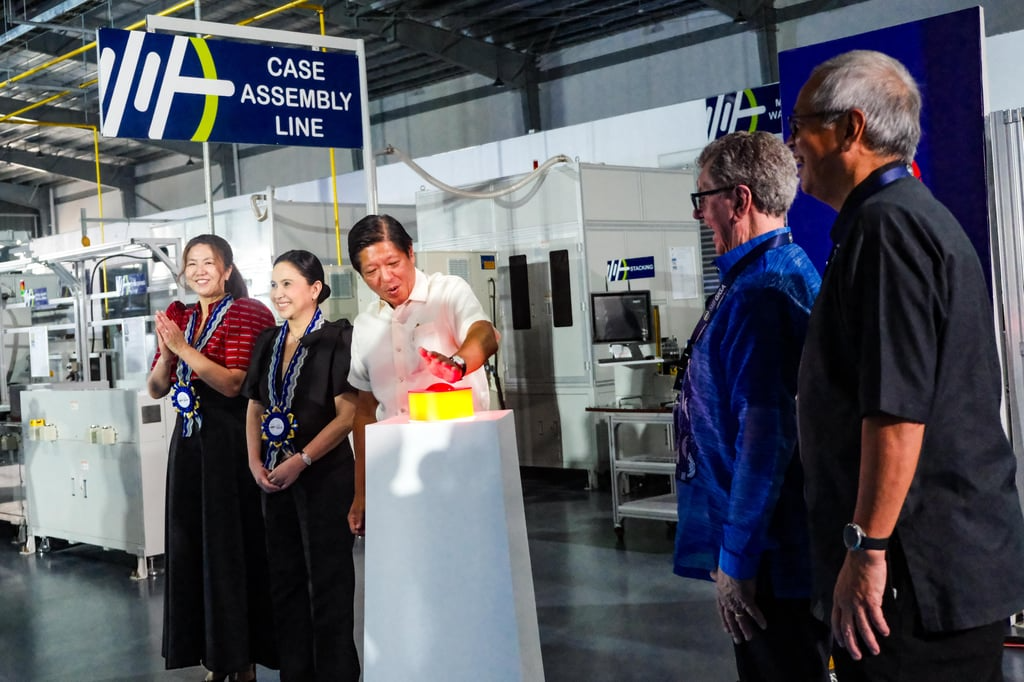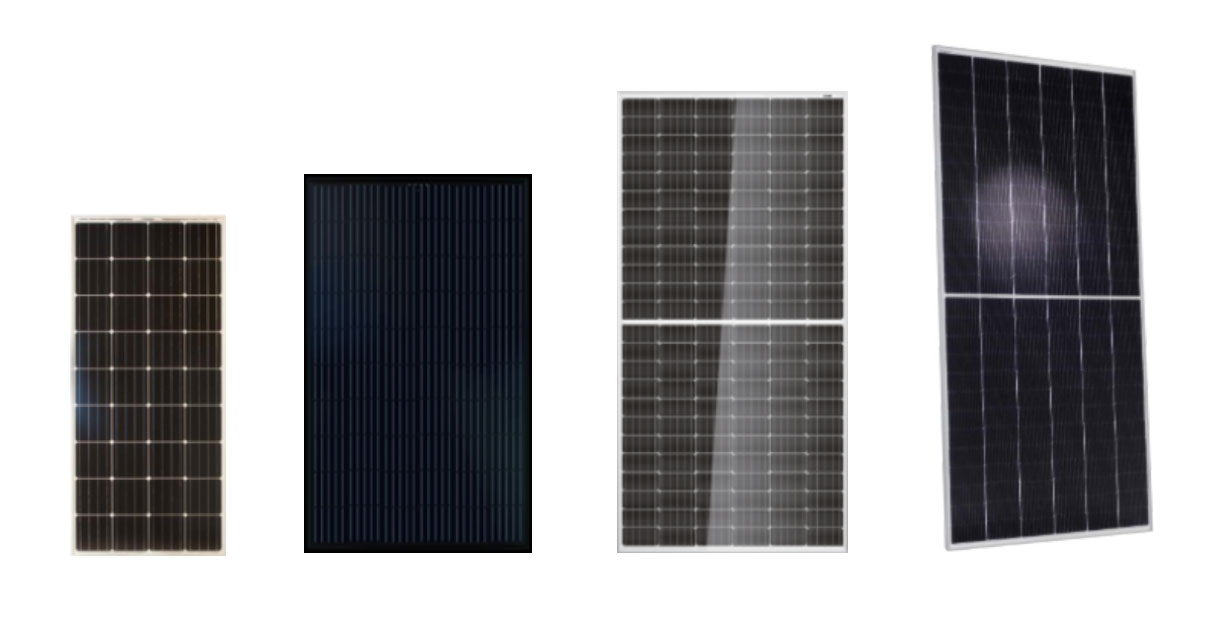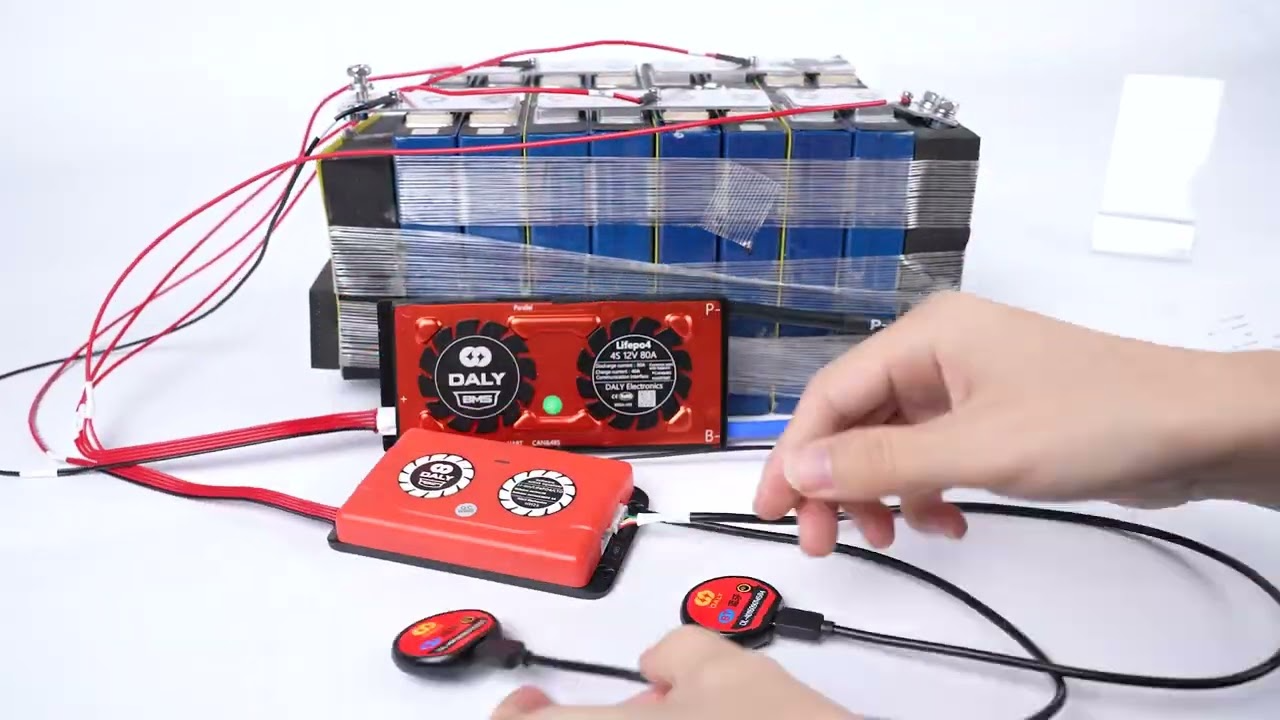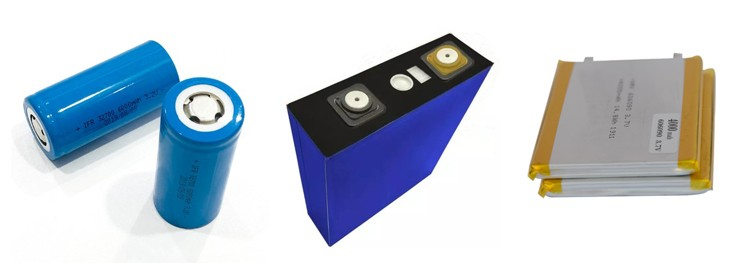What is a PWM Solar Charge Controller?
A PWM Solar Charge Controller (SCC) works by controlling the amount of power that flows from a solar panel to a battery, using Pulse Width Modulation (PWM) to optimize charging efficiency. The main goal of a PWM charge controller is to prevent overcharging and damage to the battery while maximizing energy capture from the solar panel.
Key Concepts:
Pulse Width Modulation (PWM):
- In PWM, the controller regulates the charge current by switching the solar panel on and off at a fast rate. It adjusts the duty cycle (the ratio of on-time to off-time) to control the average amount of power delivered to the battery.
- By reducing the duty cycle, the PWM controller limits the current flowing into the battery as it nears full charge, preventing overcharging.
Three Charging Stages: Most PWM solar charge controllers follow a multi-stage charging process:
- Bulk Stage: In this stage, the battery is at a low state of charge, and the PWM SCC allows maximum current from the solar panels to flow into the battery until the voltage reaches a pre-set bulk voltage.
- Absorption Stage: Once the battery reaches the bulk voltage (usually around 14.4V for a 12V battery), the PWM controller gradually reduces the current by decreasing the duty cycle. This stage allows the battery to charge more slowly, preventing overcharging and extending battery life.
- Float Stage: When the battery is fully charged, the PWM controller reduces the current to a trickle charge, just enough to maintain the battery’s charge without overcharging. The voltage is kept at a float level (around 13.6V for a 12V battery).
Battery Voltage Monitoring:
- The PWM controller continuously monitors the battery’s voltage to determine the charging stage. When the battery voltage drops due to discharge, the controller increases the duty cycle, allowing more current to flow from the solar panel to recharge the battery.
PWM Switching Action:
- The controller uses a transistor (typically a MOSFET) to switch the connection between the solar panel and the battery on and off at a high frequency. The duty cycle of this switching determines how much energy is transferred to the battery.
Working Principle of PWM SCC:
Bulk Charge: When the battery is significantly discharged, the PWM controller operates in full-on mode, allowing the solar panel to send the maximum current to the battery. The switching frequency is 100% (the transistor is always on).
Voltage Limiting: As the battery approaches its maximum voltage, the controller reduces the duty cycle, limiting the amount of current flowing to the battery. By adjusting the width of the pulses (on-time), it maintains a stable voltage to protect the battery.
Float Charge: Once the battery is fully charged, the PWM controller further reduces the duty cycle, allowing only enough current to compensate for self-discharge. The controller keeps the battery in a float state where it maintains a small trickle of current.
Advantages of PWM SCC:
Simple and Cost-Effective: PWM charge controllers are relatively simple and inexpensive compared to more advanced options like MPPT (Maximum Power Point Tracking) controllers.
Battery Protection: By controlling the charge current and voltage, PWM controllers help prevent overcharging, extend battery life, and reduce the risk of damage.
Effective in Smaller Systems: PWM controllers are effective in smaller solar systems with 12V or 24V panels, where the voltage of the solar panel is close to the voltage of the battery.
Disadvantages of PWM SCC:
Less Efficient than MPPT: PWM controllers don’t optimize the power extraction from solar panels as efficiently as MPPT controllers, especially when the solar panel voltage is significantly higher than the battery voltage.
Requires Matched Panel and Battery Voltages: For the PWM controller to be efficient, the solar panel voltage should match the battery’s nominal voltage. If the solar panel voltage is too high, the excess power is wasted.
Summary:
- A PWM Solar Charge Controller works by switching the connection between the solar panel and the battery on and off rapidly, controlling the average power delivered to the battery.
- It uses pulse width modulation to adjust the charge current as the battery voltage increases, following a multi-stage charging process (bulk, absorption, and float).
- While cost-effective and sufficient for smaller systems, PWM controllers are less efficient compared to MPPT controllers in larger or more variable solar setups.






